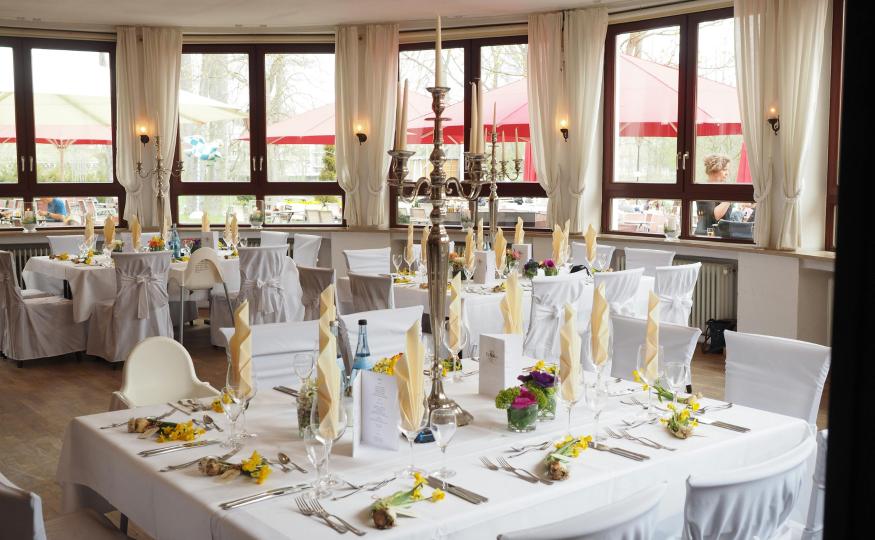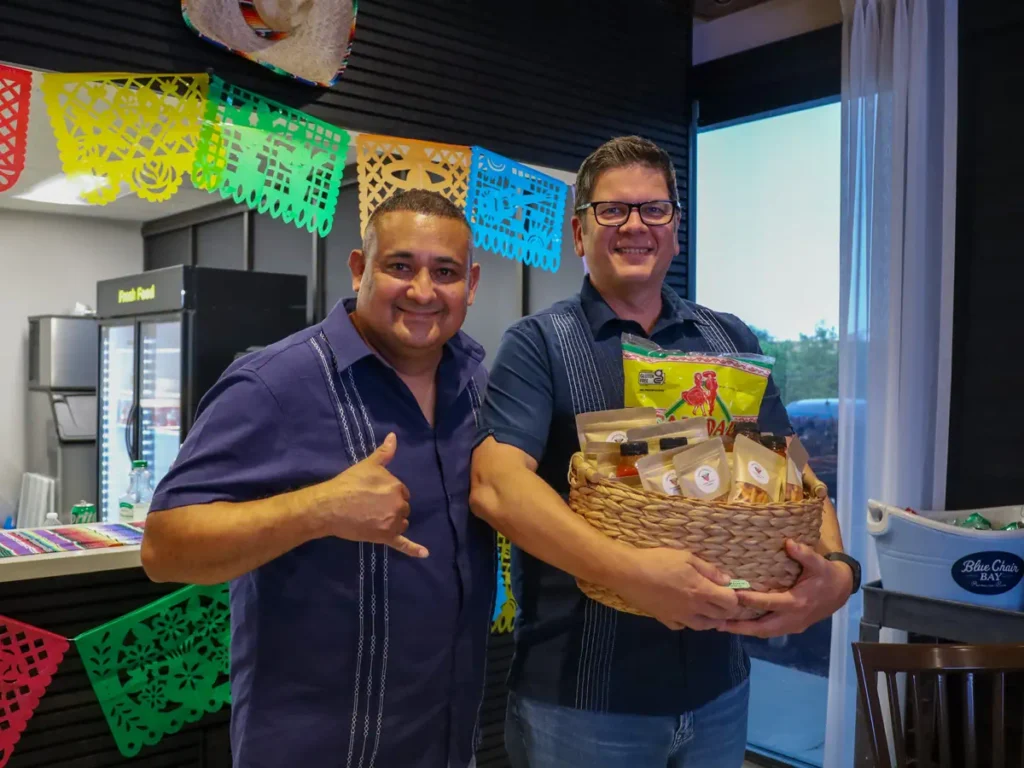Planning a family reunion can be a rewarding but complex task, filled with anticipation, excitement, and sometimes stress. Whether it’s been years since your last gathering or you’re organizing one for the first time, creating an event that everyone will enjoy requires careful planning and creativity.
This blog will guide you through 10 unique tips on how to plan a family reunion that will leave your loved ones with cherished memories. Let’s dive in!
How to Plan a Family Reunion: Key Steps to Success
When it comes to understanding how to plan a family reunion, breaking down the process into manageable steps is essential. From choosing a date that works for everyone to selecting the perfect venue, each decision plays a vital role in ensuring a smooth and enjoyable event.
Below, we’ll explore 10 unique tips that will guide you through the entire planning process:
1. Start Early and Set a Date Everyone Can Agree On
One of the most crucial checklists for planning a family reunion is starting the process early. Family members often have busy schedules, so setting a date well in advance ensures that as many people as possible can attend. Use tools like Doodle or Google Forms to gather availability and choose a date that suits the majority. This allows everyone ample time to make travel arrangements and clear their calendars.
Starting early helps avoid conflicts and gives you the necessary time to plan every detail meticulously. A well-chosen date increases participation and sets the tone for a successful reunion.
2. Choose the Perfect Venue for Your Family Reunion
Choosing a family reunion venue is one of the most critical decisions when planning a reunion event. The venue sets the stage for the entire event, influencing everything from activities to comfort levels.

Consider factors such as the size of your family, travel convenience, and the types of activities you want to include. Whether it’s a local park, a rented hall, or a family member’s home, the venue should reflect the needs and preferences of the group.
Things to Consider:
- Size: Ensure the venue can comfortably accommodate all attendees.
- Location: Choose a venue that is easily accessible to the majority of the family.
- Facilities: Consider on-site amenities like kitchens, restrooms, and outdoor spaces.
If your family enjoys outdoor activities, consider venues with hiking trails, lakes, or sports facilities. For indoor preferences, look for places with ample seating, climate control, and entertainment options.
3. Establish a Budget and Stick to It
Creating a budget is essential in the early stages of planning. Determine how much the reunion will cost and how expenses will be shared among family members. This might include costs for the venue, food, activities, and travel.
A clear budget helps prevent overspending and ensures everyone is on the same page regarding financial contributions.
Budget Breakdown:
- Venue: Research and choose a location that fits your budget.
- Food and Drinks: Plan meals and snacks, considering catering, potluck options, or self-cooking.
- Activities: Allocate funds for games, entertainment, and any special activities.
Consider setting up a dedicated bank account or using online payment tools to manage contributions and expenses transparently.
4. Create a Detailed Itinerary for the Day
An itinerary ensures that the family reunion runs smoothly and everyone knows what to expect. It helps in organizing activities, meals, and downtime, allowing all participants to enjoy themselves without confusion or chaos.

Make sure the schedule is flexible enough to accommodate spontaneous moments of fun and bonding.
Key Elements to Include:
- Arrival and Setup: Clearly communicate the arrival time and any setup needs.
- Meals: Plan specific times for breakfast, lunch, and dinner.
- Activities: Schedule games, storytelling sessions, and group photos.
- Downtime: Allow for relaxation and unstructured time to encourage organic interactions.
Distribute the itinerary ahead of time and have copies available at the venue. This helps everyone stay informed and participate fully in the day’s events.
5. Assign Roles and Responsibilities to Family Members
Planning a family reunion can be overwhelming for one person, so don’t hesitate to delegate tasks. Assigning roles to different family members not only lightens your load but also fosters a sense of collaboration and involvement. From organizing games to coordinating food, everyone can contribute in a meaningful way.
Examples of Roles:
- Event Coordinator: Oversees the entire event and ensures everything goes according to plan.
- Food Coordinator: Manages meal planning, preparation, and serving.
- Activity Organizer: Plans and conducts games and entertainment.
- Communication Liaison: Keeps everyone informed and handles any queries.
Choose roles based on individual strengths and interests. This ensures that tasks are handled efficiently and with enthusiasm.
6. Incorporate Family Traditions and Unique Activities
One way to make your family reunion memorable is by incorporating family traditions or creating new ones. Whether it’s a talent show, a family history quiz, or a group craft project, these activities can bring everyone closer and create lasting memories.
Ideas to Consider:
- Storytelling Sessions: Share family history, stories, and anecdotes.
- Talent Show: Encourage family members to showcase their talents.
- Family Tree Project: Create a visual family tree together, adding stories and photos.

Include a mix of structured activities and free time, allowing for both organized fun and spontaneous moments of connection.
7. Plan Meals that Cater to Everyone’s Preferences and Needs
Food is a central part of any gathering and planning meals for a large group can be challenging. Make sure to consider dietary restrictions, preferences and cultural traditions. Potluck-style meals can be a great way to involve everyone and showcase diverse culinary skills.
Meal Planning Tips:
- Dietary Needs: Identify any allergies or dietary restrictions early on.
- Variety: Include a mix of appetizers, main dishes, sides, and desserts.
- Beverages: Offer a selection of both alcoholic and non-alcoholic drinks.
Create a shared document where family members can sign up to bring dishes, ensuring a balanced and varied menu.
8. Capture the Moments with Photos and Videos
Preserving the memories of your family reunion is just as important as the event itself. Designate a family photographer or set up a photo booth where everyone can take pictures throughout the day. Encourage family members to take videos as well, capturing candid moments that can be shared and cherished for years to come.

Photography Tips:
- Group Photos: Schedule a time for a group photo when everyone is present.
- Candid Shots: Capture spontaneous interactions and natural smiles.
- Video Messages: Invite family members to record short video messages for future viewing.
Create a shared online album where everyone can upload their photos and videos. This makes it easy to share and enjoy the memories together.
9. Send Out Invitations and Manage RSVPs
Once the date, venue, and itinerary are set, it’s time to send out invitations. Whether you choose traditional paper invites or digital ones, make sure to include all the necessary details such as date, time, location, and what to bring. Managing RSVPs will help you keep track of who’s coming and plan accordingly.
Invitation Essentials:
- Design: Choose a design that reflects the theme and tone of your reunion.
- Details: Include all key information, including how to RSVP.
- Follow-Up: Send reminders as the date approaches to confirm attendance.
Use online tools like Evite or Facebook Events to send invites and track RSVPs easily. This also allows you to communicate updates and share information with the group.
Related Blog: How to Plan a Birthday Party: A Complete Guide.
Conclusion
Learning how to plan a family reunion for the first time is about more than just logistics. It’s about creating an environment where family bonds can be strengthened and memories can be made. By starting early, choosing the right venue, and involving everyone in the process, you can ensure that your family reunion is a joyous and memorable occasion. Remember, the key to success lies in thoughtful planning, clear communication, and a generous spirit.
By following these 10 unique tips on how to plan a family reunion, you’ll be well on your way to organizing an event that everyone will look forward to for years to come. Happy planning!








